Major Navy Bases in Japan
Navy bases are facilities where a country’s warships and naval vessels are stationed when they are not on missions, special operations, or need to restock.
Some navy ships undergo repairs at these bases, and navy bases sometimes also accommodate aircraft from ships, such as aircraft carriers. In this article, we will discuss the Major Navy Bases in Japan.
The Japan Maritime Self-Defense Force (JMSDF), or the Japanese Navy, was formed after the Imperial Japanese Navy was dissolved, a development that occurred after the Second World War.
Today, Japan has a fleet of around 154 ships, 346 aircraft and 50,800 personnel. Japan has several major navy bases to accommodate these ships when they are not at sea. Let’s take a look at some important naval bases of Japan.
The Yokosuka Naval Base
This Japanese naval base is actually a group of many ports and onshore facilities located in many districts of Yokosuka City, Kanagawa Prefecture. It lies near the US Fleet Activities Yokosuka, which is a U.S. Navy base in Japan. It supports the operations and missions of the US Naval Forces Japan, Seventh Fleet and other forces in the Western Pacific.
The Yokosuka Naval Base also has a facility to train people with Japanese technologies for creating water pressure in the deep sea. It is visited by naval ships from nations like the U.S., Vietnam, Thailand, and Russia.
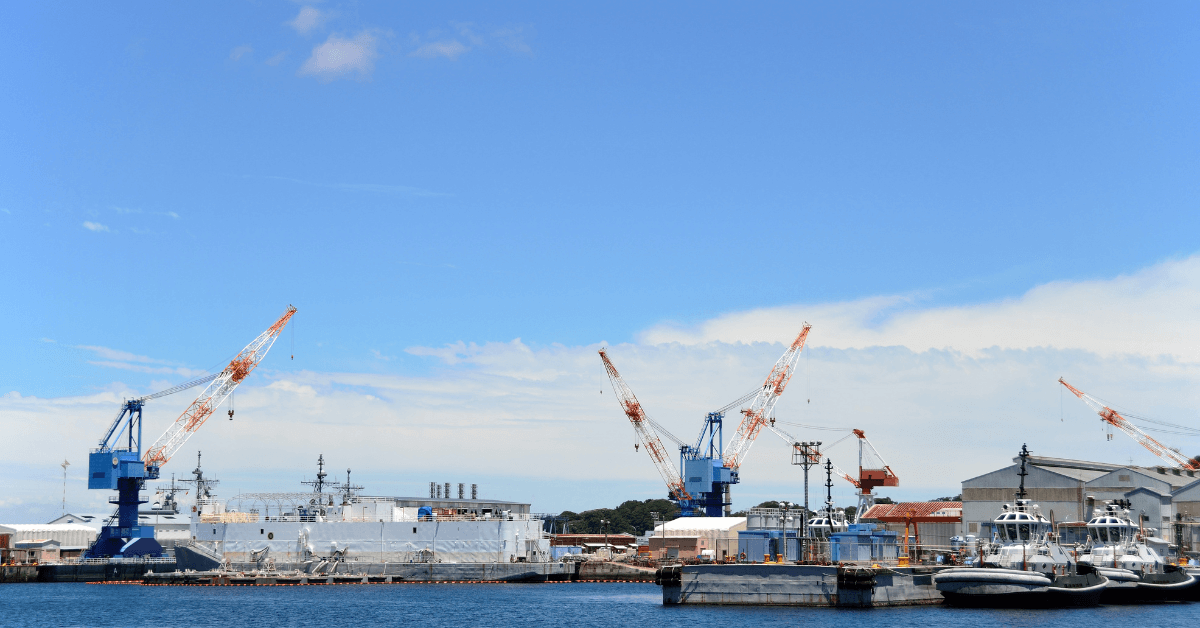
This naval base is located in Yokosuka, a major seaport with a history of shipping. In 1865, a shipyard was built on the site of a fishing village, and by 1884, it had been transformed into a naval station. After the end of World War II, it functioned as a base for the U.S. Navy and the Japanese Navy. Yokosuka is a growing city with a successful shipbuilding and automobile manufacturing industry.
Sasebo Naval Base
This naval base comprises several ports and installations in Sasebo, Kyushu. It is also home to the Sasebo District Force, which includes the 43rd Mine Warfare Force and the 46th Maine Warfare Force. They operate escort ships and rotorcraft and offer an escort fleet and aviation groups to handle the situation.
The main duties here include ensuring security and defence, civil and military cooperation, disaster dispatch, providing logistic aid for units like the Self-Defense Fleet, and removing and disposing of mines and explosive goods.
The U.S. Fleet Activities, Sasebo, a U.S. Navy Base, is located on Kyushu island. It was established in June 1946 and offers support for the units deployed there and for visiting and operating forces of the U.S. Pacific Fleet.
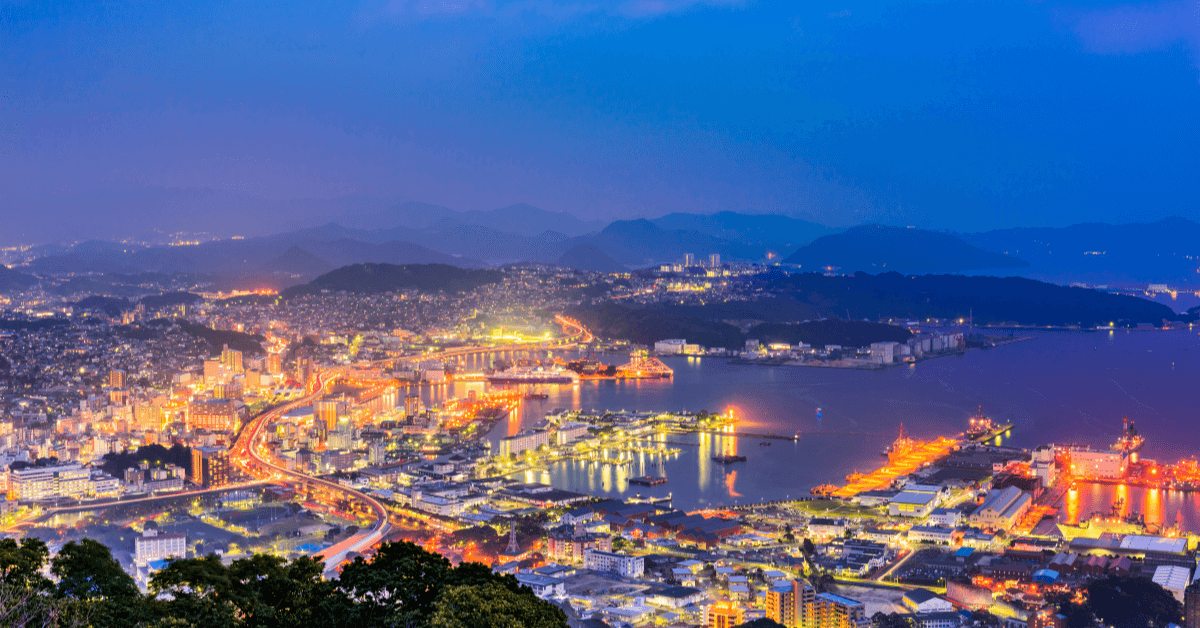
Sasebo was a naval base in 1883 when Lieutenant Commander Togo Heihachiro decided that the fishing settlement should be made into a base for the Imperial Japanese Navy. In 1905, ships under his command sailed from Sasebo to face Russia’s Baltic Fleet, which resulted in Togo’s victory at the Battle of Tsushima.
The Imperial Japanese Navy employed about 60,000 people in its dockyard and naval stations when the Second World War was at its peak. Sasebo was then seen as a liberty port for the naval personnel.
After the war started in Korea, Sasebo was used to launch UN and U.S forces, which carried tonnes of fuel, supplies, ammunition, etc to Korea. Around 20,000 Americans were in Sasebo then, and the increasing number of ships and freighters per day swelled the foreign population there.
Naval Air Facility Atsugi
It is a joint Japan-U.S Naval Airbase in Yamato and Ayase in Japan. It is also the biggest US Navy air base in the Pacific Ocean. It also houses the Helicopter Maritime Strike Squadron 51, which offers MH-60 R helicopter detachments to the US Navy’s cruisers, destroyers and frigates stationed at the Yokosuka base.
It is named after the city of Atsugi, though it is actually not in the city because Atsugi was the only prominent town in the area in the 1950s. It was built in 1938 by the Imperial Japanese Navy to keep a fighter squadron of the Navy, the 302nd Kokutai, during World War.
Aircraft based at this station shot down over 300 American bombers during the 1945 firebombings. After Japan’s surrender, many Atsugi pilots refused to lay down their arms at the emperor’s command. They took to the sky, dropping leaflets on Yokohama and Tokyo to resist the Americans. Gradually, the fervour died down, and they left.
NAF Atsugi also played an essential role during the Korean and Vietnam Wars.
Marine Corps Air Station Iwakuni
Marine Corps Air Station Iwakuni is a U.S. Marine Corps Air Station in the Nishiki River delta, in Yamaguchi Prefecture, Japan.
Iwakuni is 300 miles west of Osaka and 30 miles from Hiroshima. This Naval Air Station was commissioned on July 8, 1940. Its main mission is to offer aid and support to U.S and Allied interests through a unified effort.
It functioned as a defence and training centre during the Second World War. It was home to 96 trainers and 150 fighter planes. In 1943, a branch of Etajima Naval Academy was established here.
America bombed Iwakuni in 1945, including the oil refinery and the Rail Transport Office. The last air raid happened a day before the war ended, after which a group of U.S Marines arrived here.
Gradually, military forces from the UK, US, New Zealand, and Australia occupied it, and it was subsequently repaired. America occupied it in 1950 to deploy aircraft headed to the Korean War, and in 1953, it officially became a U.S. military base in Japan.
The base is presently home to approximately 10,000 US Marines and their family. Marine Pilot training and air patrol happen using F/A-18 Hornet fighter-attack aircraft. The forces of the Japanese Navy are also stationed here.
Naval Facility Okinawa
This facility includes several bases constructed by the U.S. Navy after the Battle of Okinawa on Okinawa Island in Japan. These facilities were constructed to support the landings on Okinawa in 1945 and the troops fighting on Okinawa. The U.S. Navy repaired and expanded the airfields here, and the bases put the U.S. Armed Forces just 350 miles from Japan’s home islands. Some facilities were closed after the war. However, some are still used today by all the branches of the U.S. Armed Forces.
Kure Naval Base
The Kure Naval Base is located in Kure City, Hiroshima, Japan. The Kure Naval District was established on 1 July 1889. In December 1945, it was reorganised into the Kure District Demobilization Bureau after Japan surrendered in World War II. In 1998, the Kure Supply Station and Kure Repair Center were integrated into the supply and maintenance department. Presently, units of Japan’s Fleet Escort Force, Mine Warfare Force and Fleet Submarine Force are stationed here.
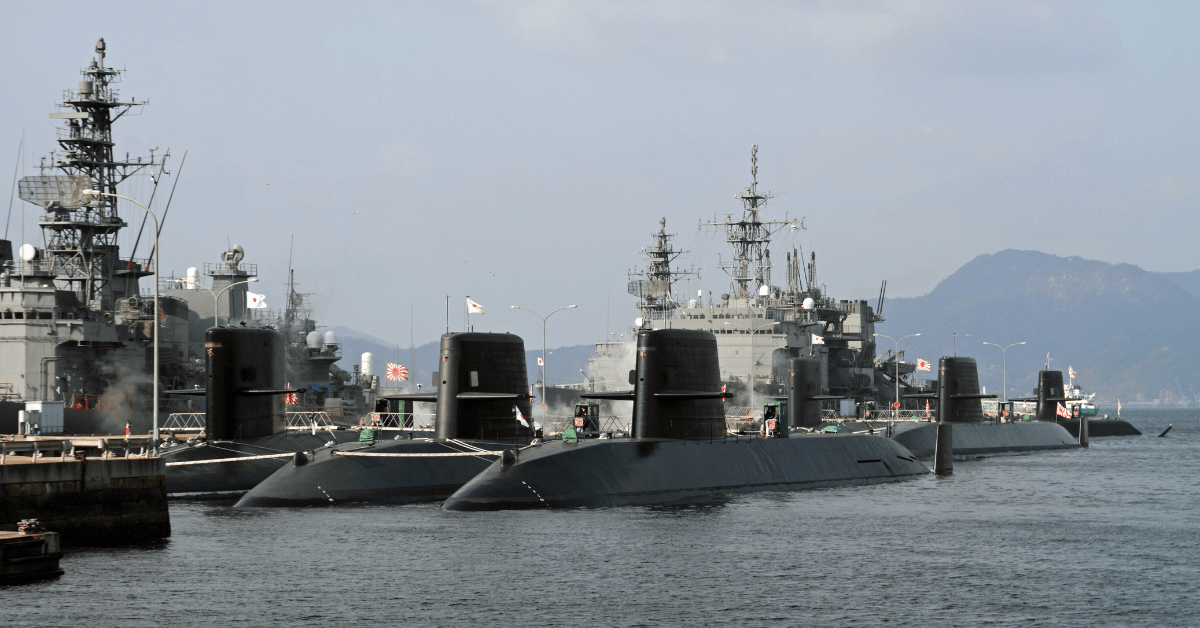
Maizuru Naval Base
This base is situated in Maizuru City, Kansai region of Japan. Before the Second World War, the Maizuru Naval District was established; however, no battleships were kept there and remained closed for some time.
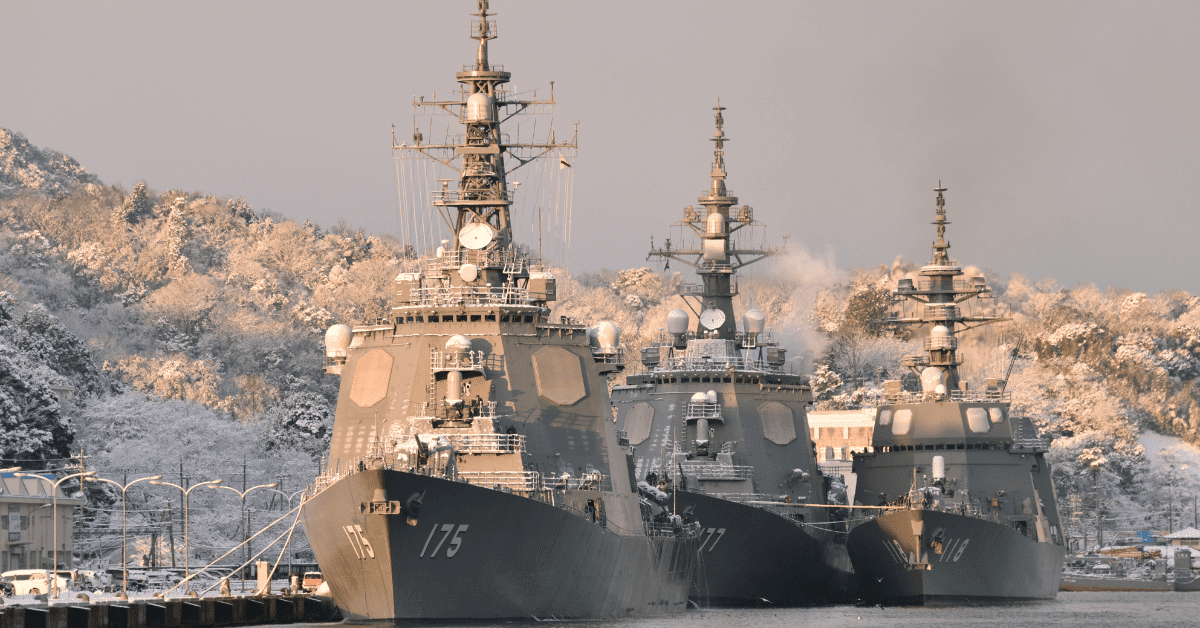
However, it has become an important naval base on the side of the Sea of Japan in recent years. Given its strategic importance, the base’s occupants are the Self-Defense Fleet, the Communications Command, and the Maizuru District Force. Its massive wave bunker facility was also expanded.
Ominato Naval Base
Built in 1953, this base has port and military aerodrome facilities and lies in Mutsu Bay in Aomori Prefecture, northern Honshu, Japan. Some of the Facilities here include the Ominato District Force, Ominato Coastal Safety Force, Ominato Base Operations Corps, Ominato Ammunition Maintenance Supply Station, and Fleet Escort Force.
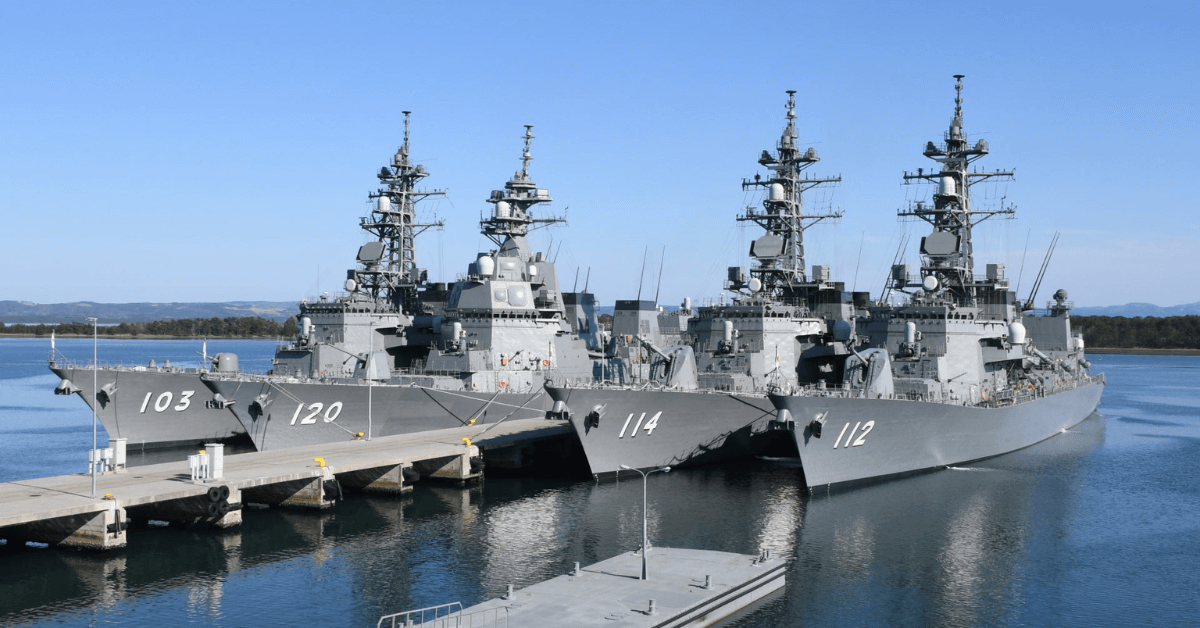
White Beach Naval Facility
It is a staging area for U.S. Marines and their equipment in Okinawa, Japan. The port is situated on the Katsuren peninsula and has 2 piers, which offer anchorage and replenishment to the Seventh Fleet amphibious units. It is under the Commander, Fleet Activities Okinawa, based on the northern side of Kadena Air Base. Nuclear warships and submarines visit the port, and the facility lies in Katsuren and Yonashiro towns, spanning 1,568,000 m2.
You might also like to read-
- What is the Difference between Merchant Navy and Defence Navy?
- A Guide to Merchant Navy Ranks
- 10 Major Indian Navy Vessels
- 36 Websites to Find Merchant Navy Jobs Online
Do you have info to share with us ? Suggest a correction
Disclaimer :
The information contained in this website is for general information purposes only. While we endeavour to keep the information up to date and correct, we make no representations or warranties of any kind, express or implied, about the completeness, accuracy, reliability, suitability or availability with respect to the website or the information, products, services, or related graphics contained on the website for any purpose. Any reliance you place on such information is therefore strictly at your own risk.
In no event will we be liable for any loss or damage including without limitation, indirect or consequential loss or damage, or any loss or damage whatsoever arising from loss of data or profits arising out of, or in connection with, the use of this website.
Disclaimer :
The information contained in this website is for general information purposes only. While we endeavour to keep the information up to date and correct, we make no representations or warranties of any kind, express or implied, about the completeness, accuracy, reliability, suitability or availability with respect to the website or the information, products, services, or related graphics contained on the website for any purpose. Any reliance you place on such information is therefore strictly at your own risk.
In no event will we be liable for any loss or damage including without limitation, indirect or consequential loss or damage, or any loss or damage whatsoever arising from loss of data or profits arising out of, or in connection with, the use of this website.

About Author
Zahra is an alumna of Miranda House, University of Delhi. She is an avid writer, possessing immaculate research and editing skills. Author of several academic papers, she has also worked as a freelance writer, producing many technical, creative and marketing pieces. A true aesthete at heart, she loves books a little more than anything else.
Related Articles
Daily Maritime News, Straight To Your Inbox
Sign Up To Get Daily Newsletters
Join over 60k+ people who read our daily newsletters
By subscribing, you agree to our Privacy Policy and may receive occasional deal communications; you can unsubscribe anytime.


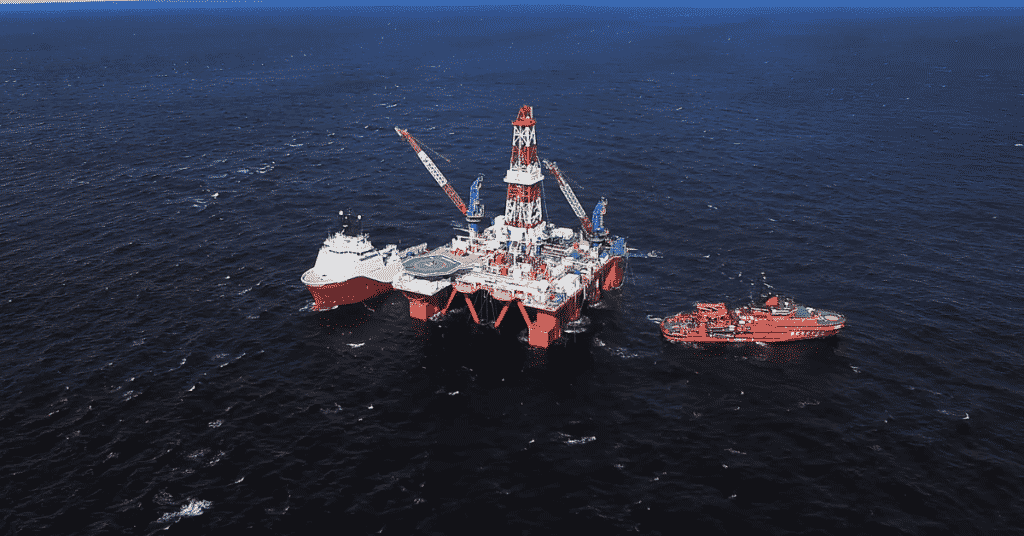
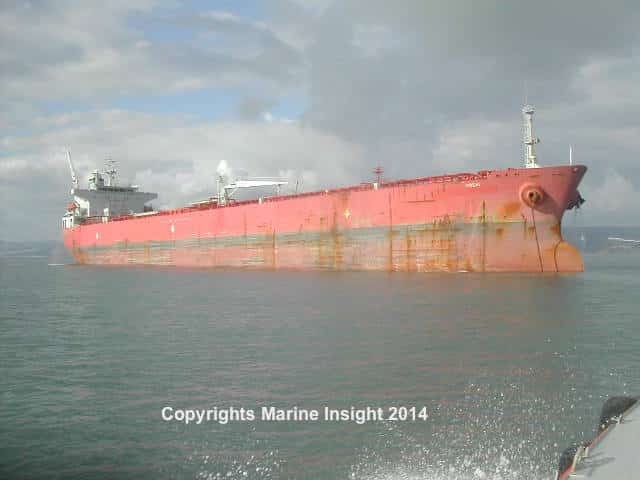
BE THE FIRST TO COMMENT